Interview with a Homeless Expert
Article By Jefferson Reeder
Some of you may recall a post we did on first-responders. I thought it would be equally illuminating to see what housing/homeless managers do, to show that there is help on both ends of the spectrum.
My interviewee is Linda Reid, who is the Housing Program Specialist for Ashland. I asked her about her background and what services her agency provides. Not only are these good resources for this area, but it is also an encouraging sign that cities and towns are addressing homeless problems. And the insights are also interesting For example, one thing Linda points out is that there are great, willing, wildfire survivor groups, but they can be separate and siloe’d, in effect. One more impetus for one voice, communication, and collaboration!
Our interview follows below.
Q: Tell me what led you into involvement in the homeless program?
A: I am involved in homeless programs through my administrative responsibilities related to the federal requirements for entitlement jurisdictions that receive Community Development Block Grant (CDBG) funds. Part of the mandate to receive CDBG funding from the Department of Housing and Urban Development (HUD) is to assess and plan for meeting the needs of a community’s homeless population, as well as coordinating regionally on addressing the needs of homeless populations through a collaborative strategic planning process. The City is also required to participate in the regional Continuum of Care, which is also funded through HUD grants specific to addressing issues of homelessness.
Q: Is there a good relationship between you and nonprofits?
I think I have a very good relationship with most, if not all of the non-profit homeless service providers and affordable housing providers. Because I administer three grant funds for the City (CDBG funds, Affordable Housing Trust Funds, and Social Service Grant funds) I interact with most non-profits that provide housing or housing related services, either through direct grant administration, or though activities related to community coordination and outreach.
Q: Is there a perspective change in the community about homelessness?
A: In my tenure at the City of Ashland I have seen a sea change in community perceptions around the issues of homelessness. When I started in 2008 most of the elected officials at both the Cities of Medford and Ashland were hesitant to support any activities that addressed the issues of homelessness. Most could be described as having had a “build it and they will come” perspective on homeless services and housing. In recent years, we have definitely seen more political and community support and recognition that homelessness as a symptom of poverty, insufficient mental health and addiction recovery resources, and a lack of affordable housing, rather than a lifestyle choice.
Q: Can you tell me a little bit about your Point in Time program, which I think is very innovative?
A: The Point in Time Count process works to identify what are called sub-populations of homelessness in a given region. County, State and Federal level data on subpopulations of homelessness are available through the PIT count reports.
(Note: The latest figures do not factor in wildfire crisis homelessness, but no doubt it has become a major factor).
Q: What can people who want to help do?
A: People should reach out to individual homeless service providers if they want to give donations of goods or if they want to volunteer to serve homeless populations in their communities. People should also donate to non-profit homeless service providers that they feel provide a valuable service in the community. St. Vincent Du Paul in Medford offers many unique and valuable services to homeless populations and is a great place to donate to and/or volunteer as they have many volunteer opportunities, and a thrift store that supports the work they do.
Q: Can you drill down to the various homeless populations?
A: My primary role at the City is to serve as a grant and housing program administrator. Consequently, my interactions are primarily with non-profit organizations and affordable housing providers that serve low-income, homeless or special needs populations. I rarely have direct interactions with homeless populations.
Q: What are you seeing on the wildfire homeless front?
A: There are several new groups that have formed as a result of the wildfires, and while there seems to be some coordination among them, there are so many, that it really has been hard to keep track. Also, I am not involved in any of the efforts to address the needs of wildfire victims directly, so have not kept up with all that is going on in the community around this issue. Here are links to some of the groups that are providing services to wildfire victims currently and that I am aware of.
MORE RESOURCES
Access Center for Community Resilience
Rogue Retreat Gateway Project
Remake Talent: Zone Captains
